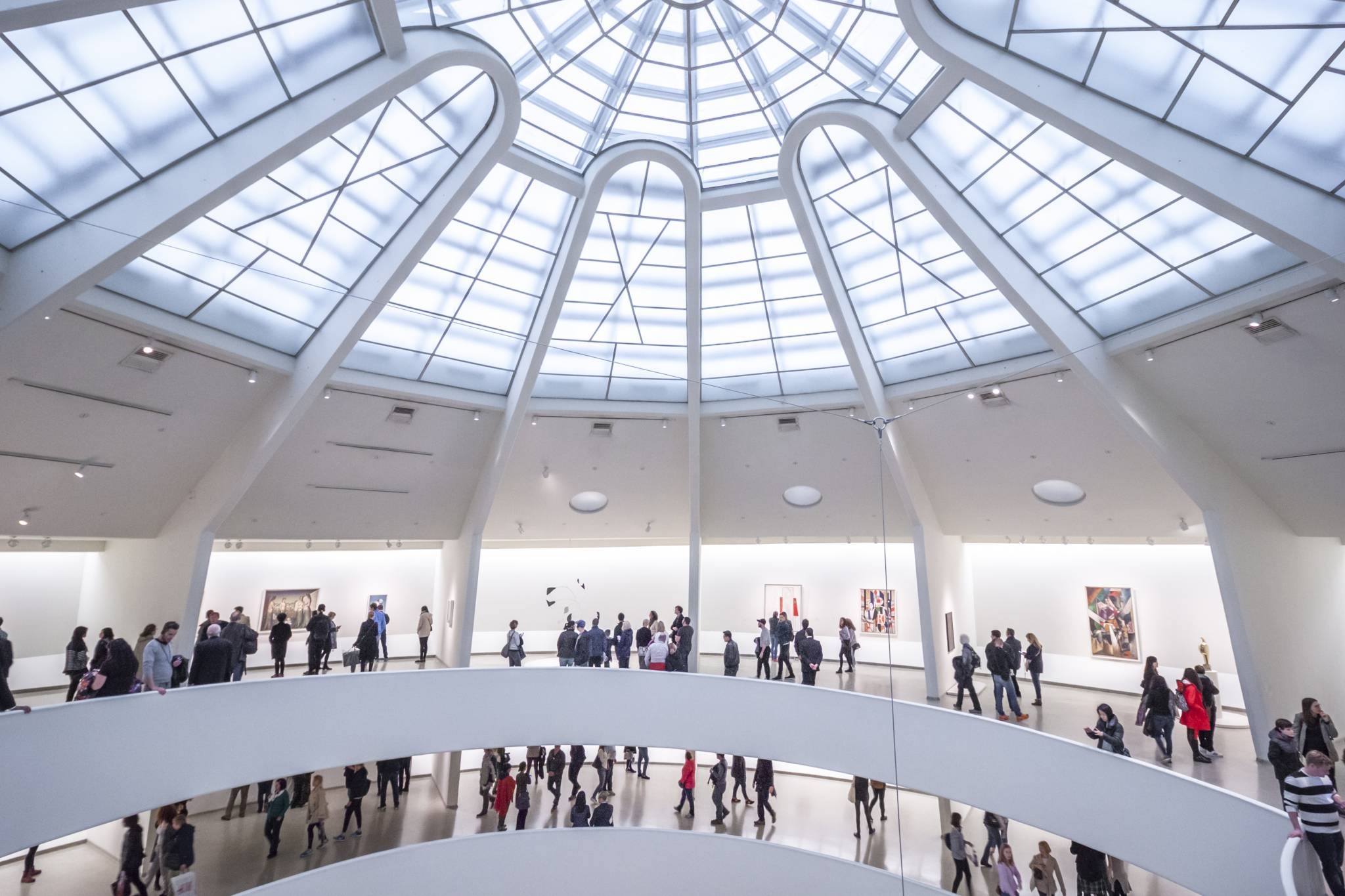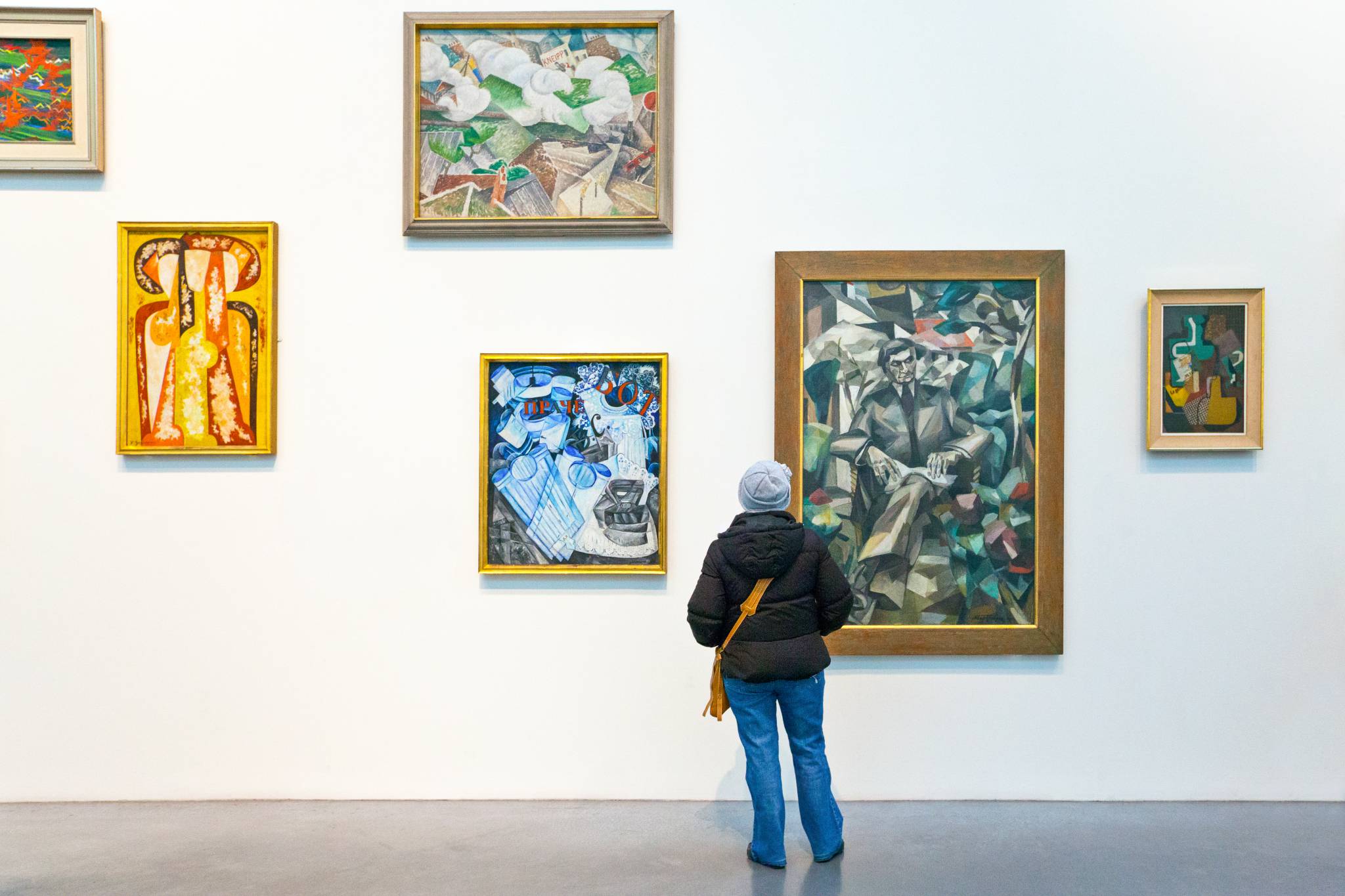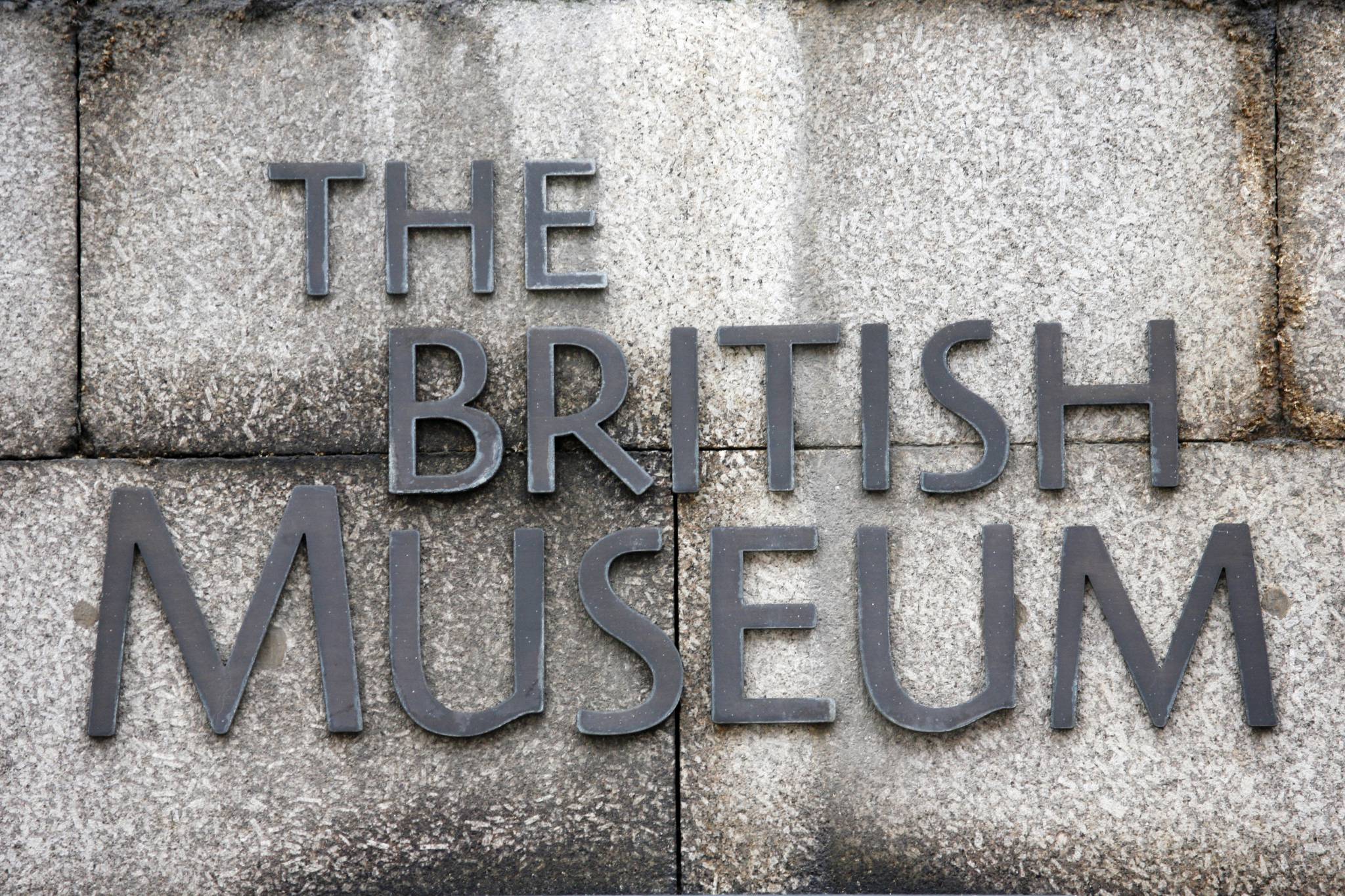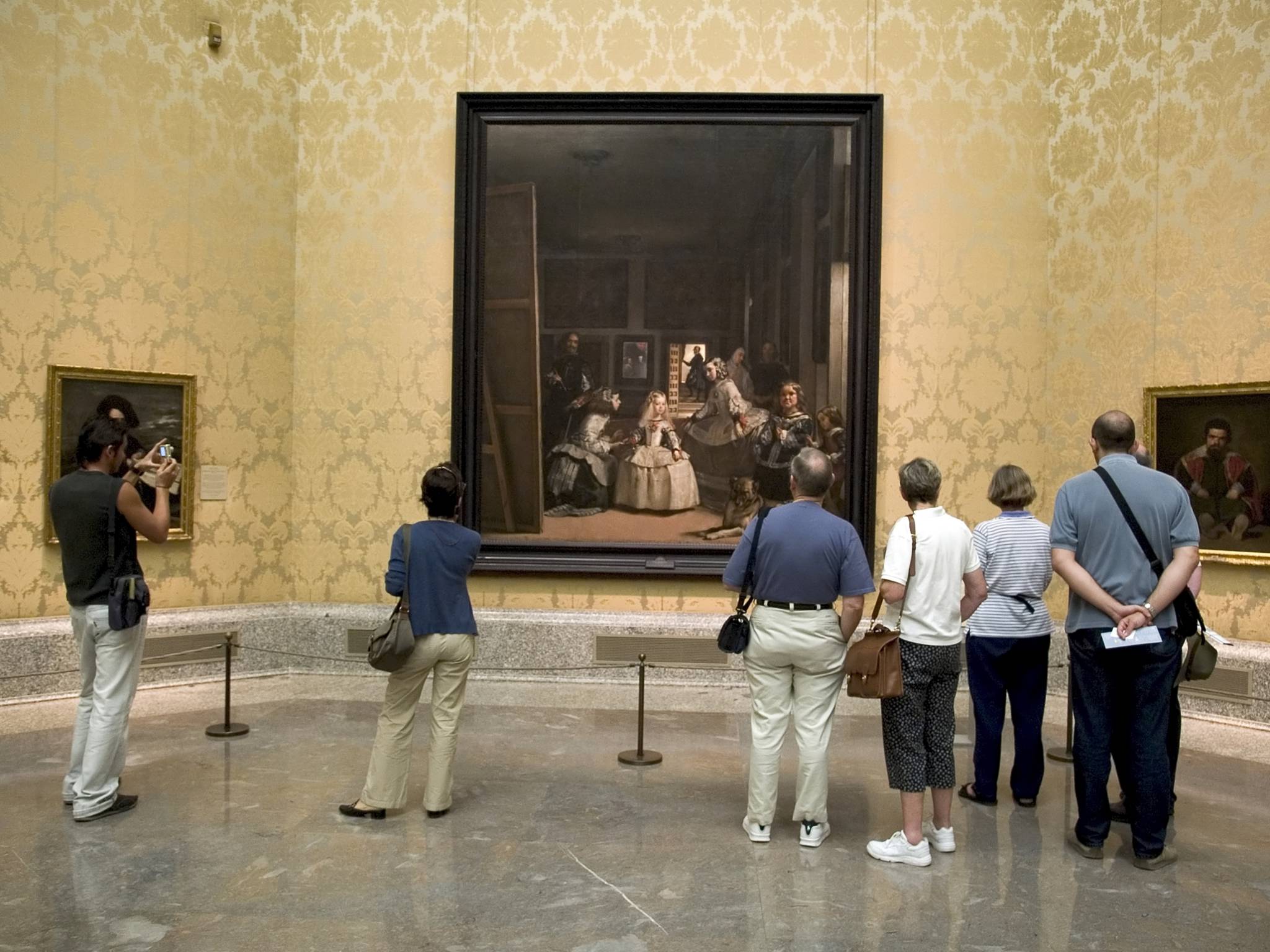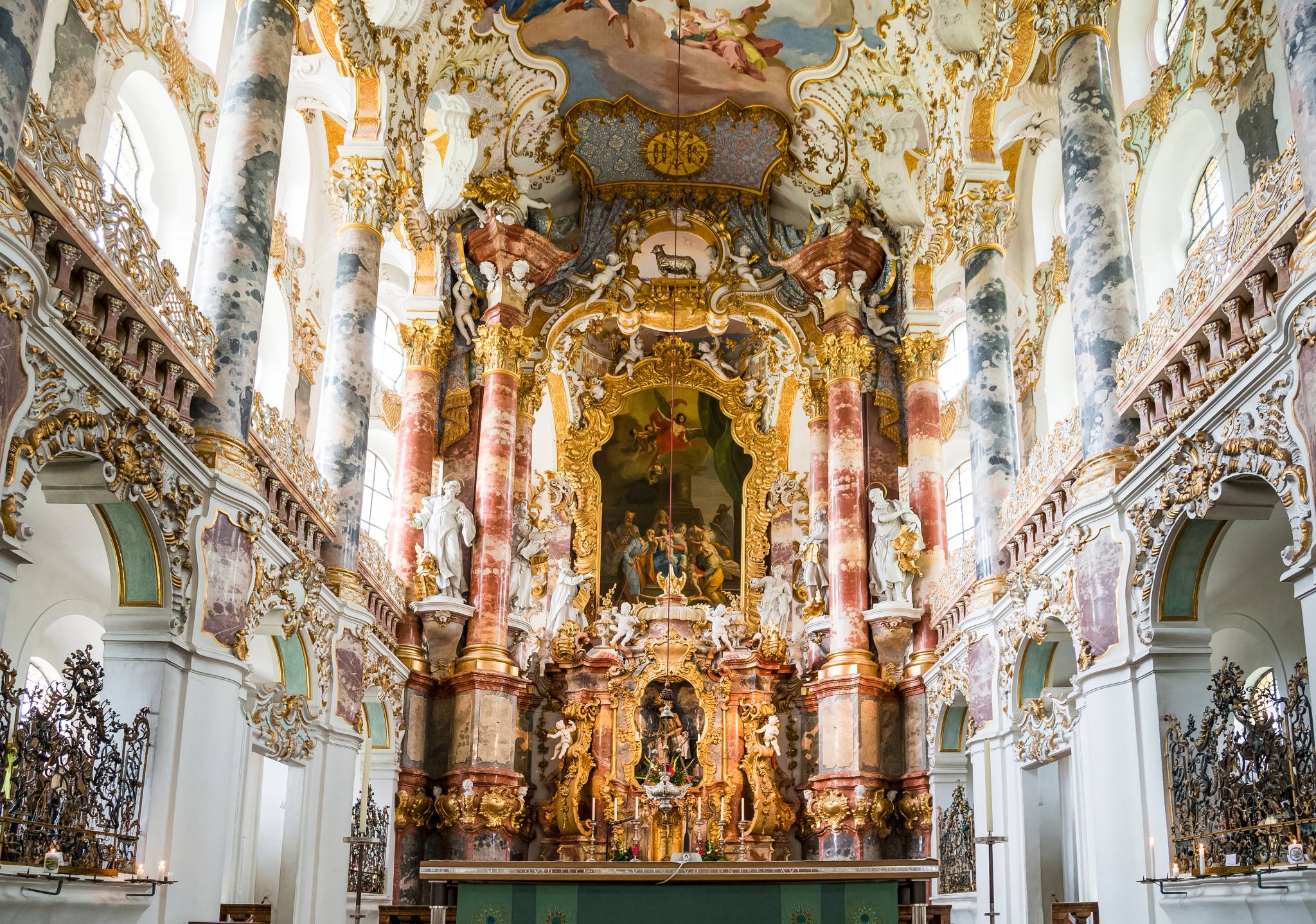Dubai is a shopper’s paradise. It’s home to one of the largest malls in the world, has multiple shopping complexes and even has its own dedicated shopping festival. With all of these options, it can be hard to know where to even start if you’re looking to do some retail therapy. Download the Dubai Shopping Travel Guide and Offline Map to help you on your shopping sprees.
1. Dubai Mall
This is the big one – in fact, it’s one of the biggest in the world, and definitely one of the most famous. Beyond the luxury brands and fast fashion, you’ll also find a dinosaur skeleton, a massive aquarium and a beautiful fountain with an evening light show. If you’re visiting for the first time and looking to explore, we recommended a self guided tour so you can really take in the attractions of the mall.
2. Mall of the Emirates
This is another of Dubai’s most popular malls. It has plenty of excellent stores, but it is perhaps most famous for its indoor ski park, which allows shoppers to take a break by taking to the slopes. Even if you don’t know how to ski, you can still partake in the experience and simply enjoying the indoor snow. Other attractions at this mall include a bowling alley and an arcade.
3. Dragon Mart
Dragon Mart is massive. While it lacks the multiple floors of many other malls, it makes up for it thanks to its high square meter area. This mall in particular is focused on goods brought in from China and other parts of Asia. There are great deals to be had there on everything from clothes to furniture to electronics, all for comparatively lower prices.
Learn more about other destinations that offer unique experiences by checking out eTips.












